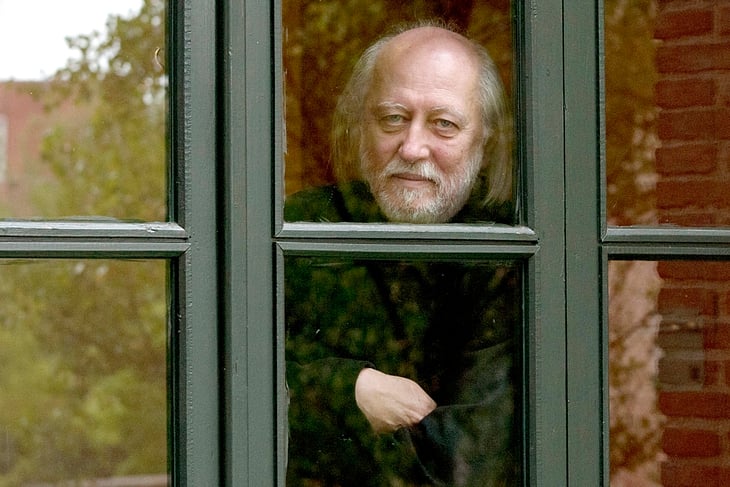
Hungarian writer László Krasznahorkai - winner of the 2025 Nobel Prize in Literature - Photo: AFP
That is the Swedish Academy's explanation for awarding this year's Nobel Prize in Literature to 71-year-old Hungarian writer László Krasznahorkai.
The Nobel Committee's reasoning reflects the spirit of the times, when even Krasznahorkai's transcendent art is trembling in the face of so much turmoil, uncertainty and anxiety.
László Krasznahorkai 's postmodern arrogance
A brief biography and creative journey of the laureate have been provided by the Nobel Committee on its homepage, written by its Chairman Anders Olsson himself. Accordingly, László Krasznahorkai was born in 1954 in the small town of Gyula in southeastern Hungary, near the Romanian border.
The same remote countryside was the setting for his debut novel, Sátántangó, published in 1985 – a work that created a literary earthquake in Hungary and was his breakthrough.
The novel depicts in an evocative style a group of impoverished residents living on an abandoned collective farm in rural Hungary.
Later works such as The Melancholy Resistance (1989), War and War (1999), and Baron Wenckheim Returns (2016), with their dense linguistic structures like the layers of the earth's crust, their global knowledge (he is as well versed in Buddhist philosophical writings as in the European tradition of thought), their haunting characters, their rain-soaked landscapes, can give the impression of postmodern arrogance.


Two books by László Krasznahorkai have been translated in Vietnam.
That kind of writing is reserved for masters, because since the Cold War, apocalyptic, surrealist, and especially postmodernist schools of thought have run a very high risk of being considered old-fashioned, even clichéd, and rehashed.
And Krasznahorkai proves to be a master—his writing, dubbed “the master of apocalypse” by Susan Sontag, is at once masterly, elegantly, and subtly humorous.
His seriousness has its own style, the emotional nuances clashing together, to be evident in many other works besides his main novels, including short stories like Animalinside (2010), or texts with vast geographical scope like Desolation and Sorrow Under the Sky (2004).
The intention to summarize the cruel irony of human destiny into an epic in all those works is at the same time an extension of a great Central European and Hungarian literary tradition, stretching from Kafka to Thomas Bernhard, from Magda Szabó to Imre Kertész (Nobel Prize for Literature 2002), a tradition that is absurd and strangely excessive.

Nobel author László Krasznahorkai - Photo: BR24
Looking East
But Krasznahorkai has many other aspects as well, including a very special angle, rarely seen in a great European writer - an Eastern turn - in works with a more contemplative and subtle tone.
A series of works inspired by the profound impressions of his trips to China and Japan include the 2003 novel North Mountain, South Lake, West Road, East River - a lyrical mystery story set in Kyoto.
This work is like a prelude to the masterpiece Seiobo Beneath the Earth (2008) - a collection of 17 stories arranged according to the Fibonacci sequence, revolving around the role of beauty and artistic creation in a blind and impermanent world .
Particularly memorable is the opening scene, in which a snowy egret stands motionless in the middle of Kyoto's Kamo River, waiting for prey in the whirlpools below.
Invisible to the crowd of passersby, the bird becomes an elusive image of art and the artist's special place in a world that is too busy, crowded, noisy and meaningless.
Like a mirror of the times in which he lives, Krasznahorkai's mischievous and pessimistic novels emit a distinctive music of decay.
That music emerges with ferocity in his most recent major work, Herscht 07769: Florian Herscht Bach - Novel (2021), a realistic portrait of a seemingly peaceful small town in contemporary Germany that is not free from social turmoil. The horror unfolds in the shadow of Johann Sebastian Bach's majestic musical legacy.
Krasznahorkai's sprawling, epic sentences gradually erode reality, spilling over into fantasy, until finally revealing the terrifying darkness hidden at its heart.
Many of his literary hallmarks – the haunting monologues, the apocalyptic search for escape, the atmosphere of utter gloom – are clearly postmodern, but the splendour of collapse and disintegration, the mischievous playfulness of tragedy and impasse, still make him unmistakable.
Sometimes in just a few pages he simultaneously addresses the idea of infinity, the fear that is the root of culture, the cowardice of atheism, and the illusion that is everywhere.
"The world is nothing but an event, a madness, a madness of billions of billions of events," says the Professor in Baron Wenckheim's Return . "And nothing is fixed, nothing is limited, nothing can be grasped, everything slips away if one tries to hold on." Then he quotes a verse by the Hungarian poet Attila József: "Like a heap of felled wood/ the world lies heaped upon itself."
Here is the conclusion of the literary magazine Paris Review writing about Krasznahorkai in 2019: "Affirmation is always hidden in every negation. Krasznahorkai's novel may be an abyss, but the bottom of the abyss is sparkling with a thousand stars."
Having two Nobel Prize winners for Literature, along with many other nominees, such as Péter Nádas, Péter Esterházy, Magda Szabó, and Sándor Márai, shows that Hungarian literature has a great stature, far beyond the size of its population (only 9.5 million people) and language (Hungarian is a difficult, little-spoken language).
Hungarian literature is characterized by its often tragic historical periods, loss and life under totalitarian regimes, creating a strong emotional and ideological depth. Philosophy and exploration of human nature are expressed in many contemporary Hungarian works, with the main themes being freedom, fate, alienation and existence.
Despite the language barrier, great Hungarian writers are appreciated for their daring to experiment, with complex writing, unique in structure and style, bringing new challenges and experiences to international readers.
Source: https://tuoitre.vn/tac-gia-nobel-laszlo-krasznahorkai-vuc-tham-lap-lanh-anh-sao-20251010091338669.htm








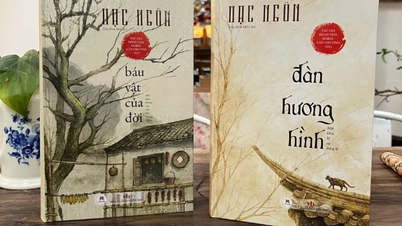

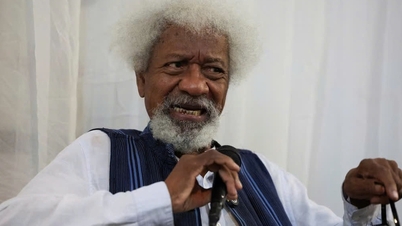

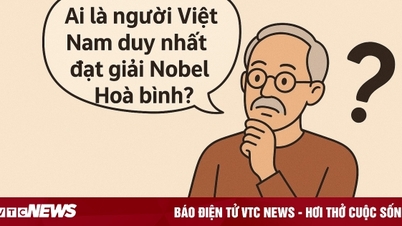

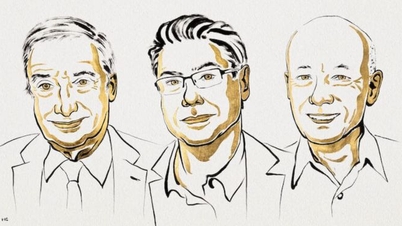


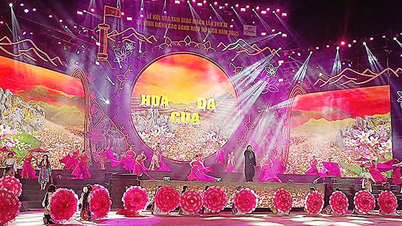

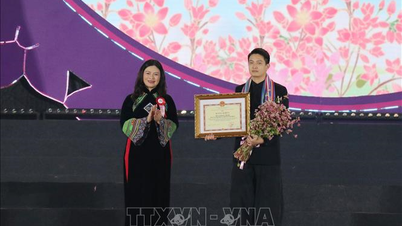



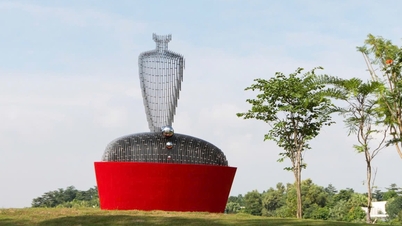
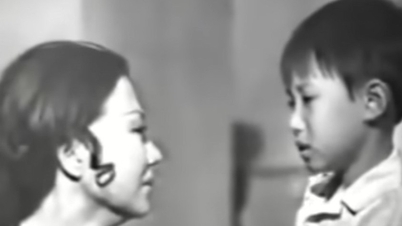
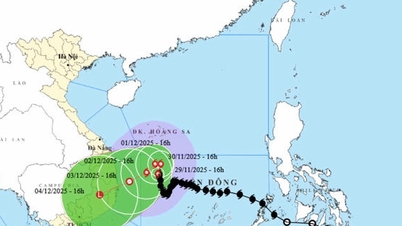






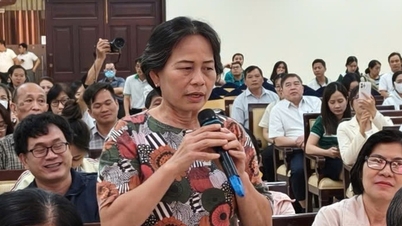



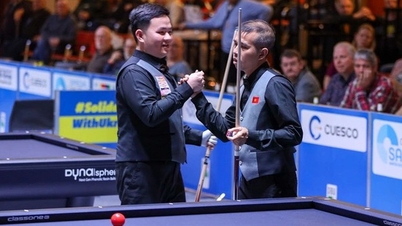




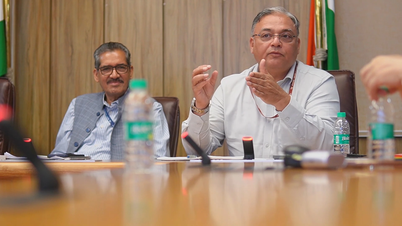

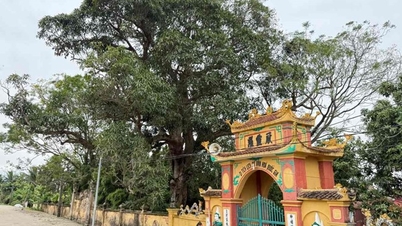

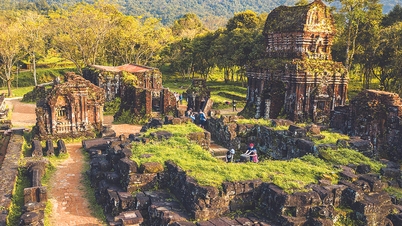

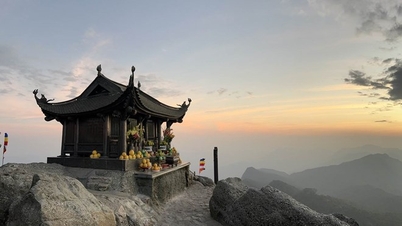




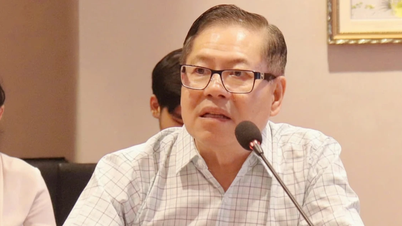

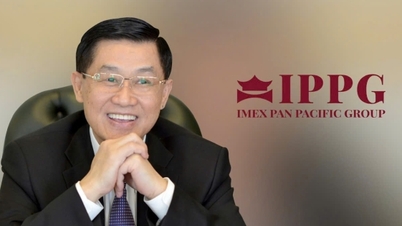










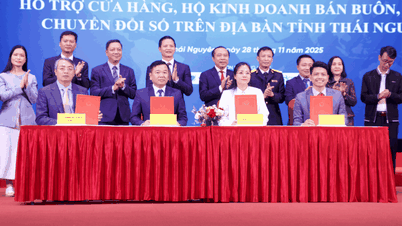









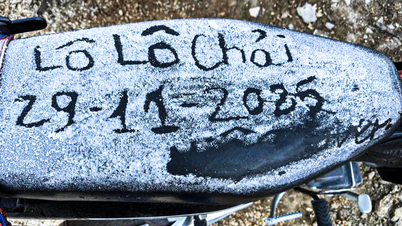


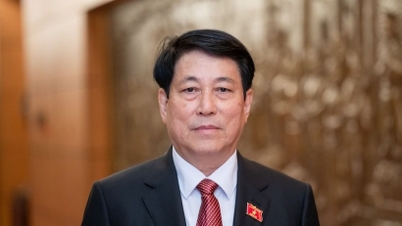


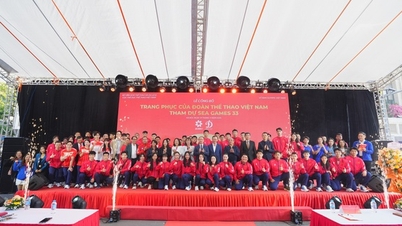




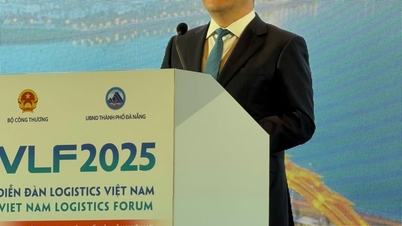
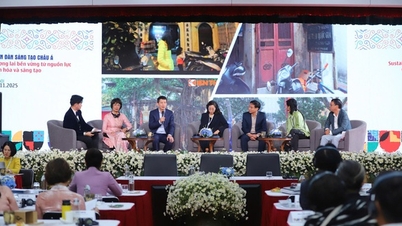
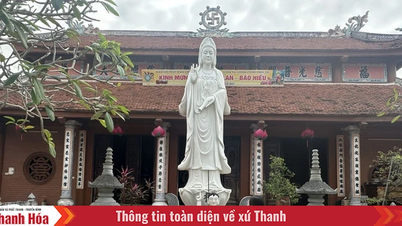



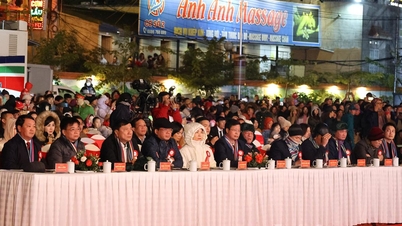













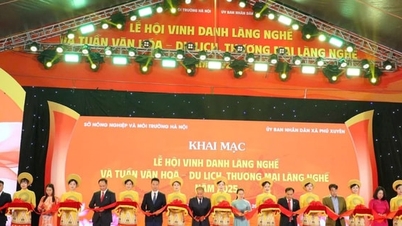





Comment (0)